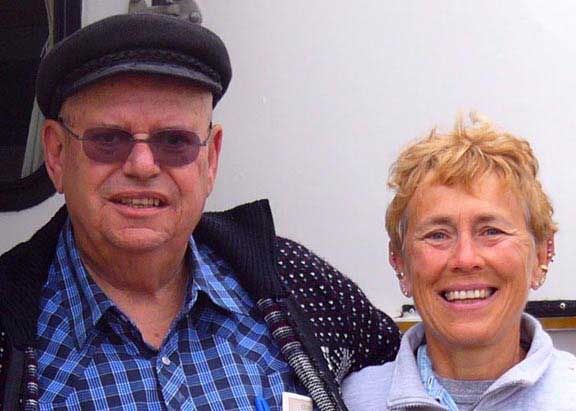Recent Advances in Science
(4/1/11 • AF News
by Pearl Gray
WASHINGTON –– At a press conference held this morning at the Sleep Research Center at the The National Institutes of Health in Bethesda, Maryland it was revealed that for over a decade neurologists have been working on a project that allows humans to live without the need to sleep. While working on a program investigating the underling causes of Attention-deficit hyperactivity disorder (ADHD), Doctor Roland Jerrome noticed cognitive function correlations between REM sleep patterns and sleep deprivation. He was then able to get a research grant for further research and formed the "Sleep Research Center" under the auspices of the National Institutes of Health. A breakthrough came in 2001 when he implanted a microchip transducer behind the ear of a rhesus monkey. Probes from the implant were then routed into the ocular nerve center in the cerebral cortex and occipital lobe of the brain. It was then programmed to send artificial REM sleep signals. Astonishingly it appeared that the subject did not seem to require sleep and in fact was quite active during normal sleep periods.
In late 2003 an improved device dubbed a "stemulator", was implanted successfully in a human volunteer, another in 2005, two more in 2006, two in 2009, and in four subjects in 2010. That makes a total of ten subjects who are currently "wearing" the device and Dr. Jerrome said that they will be taking applications for twenty more volunteers in 2011. None have slept at all since their implants were installed. The stemulator implants are programmable wirelessly from a central transmitter which sends a pre-programmed "Sleep Dose" individually to each participant when it detects prefrontal cortex and parietal lobe activation.
Currently the only drawback is that the subject has to remain within range of the center's transmitter for at least twenty minutes in any 24 hour period. However, Dr. Jerrome is working on a physical receptacle not unlike the USB connector on your computer that can be implanted behind the ear to allow an individual to plug in a dose of eight hours of sleep whenever the need arises. If the individual desires, he or she can skip this step and would then go into a normal sleep cycle. It is presumed that most people would initially opt to live their lives with normal sleep cycles and only program in sleep when needed (a cross country motor trip for instance). The advantages to emergency responders, long haul truckers, airline pilots, medical workers, military personnel, etc. are obvious. Applications may also include the ability to produce a suspended animation state that would allow astronauts to travel to deep space regions.
Future generations will most likely adjust work and production schedules for most activities across the board. Dr. Jerrome also stated that it is not unforeseeable that in the future, DNA or RNA splicing may make it possible to achieve the same results without the need of a physical device.
Dr. Jerrome predicts that barring any unforeseen setbacks, the procedure could become available to the general public by mid 2015.

No comments:
Post a Comment